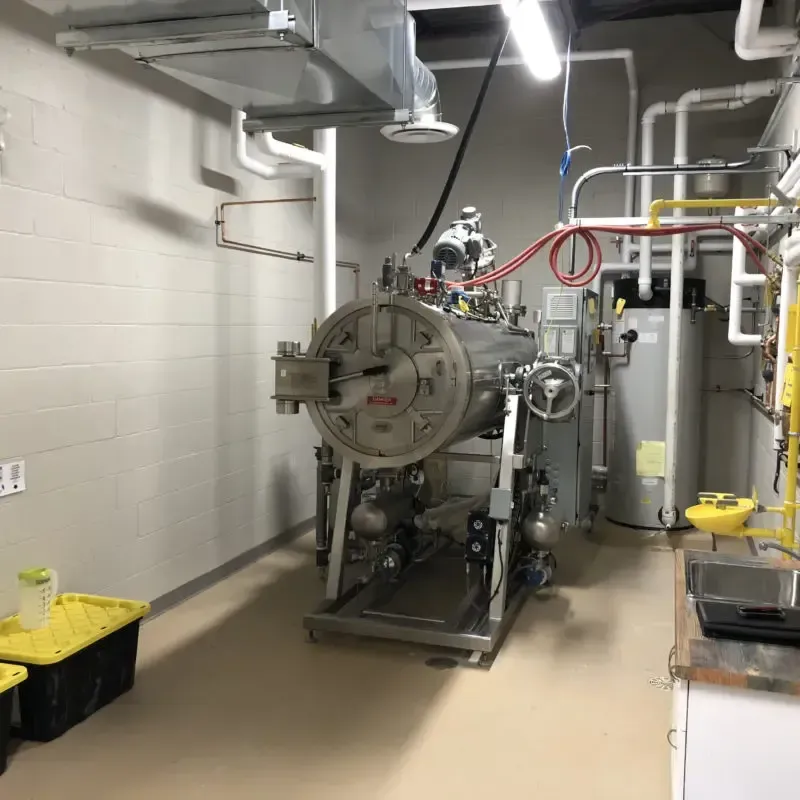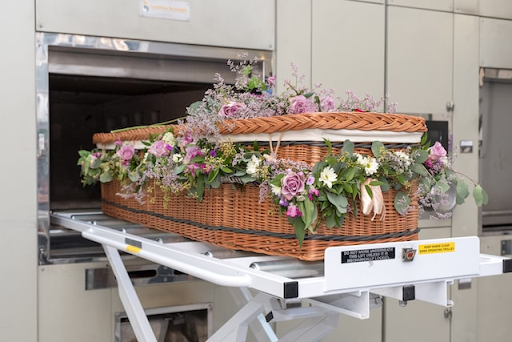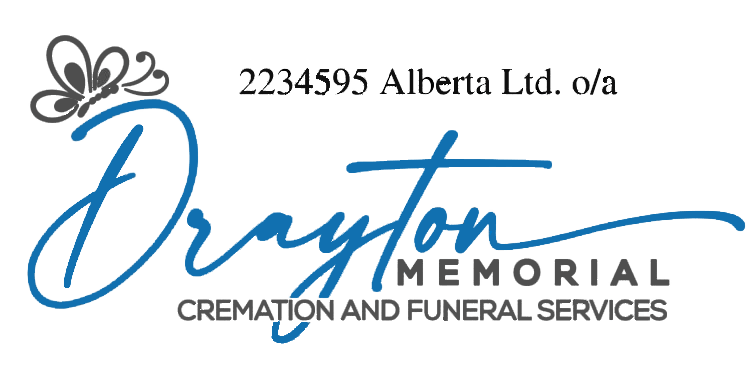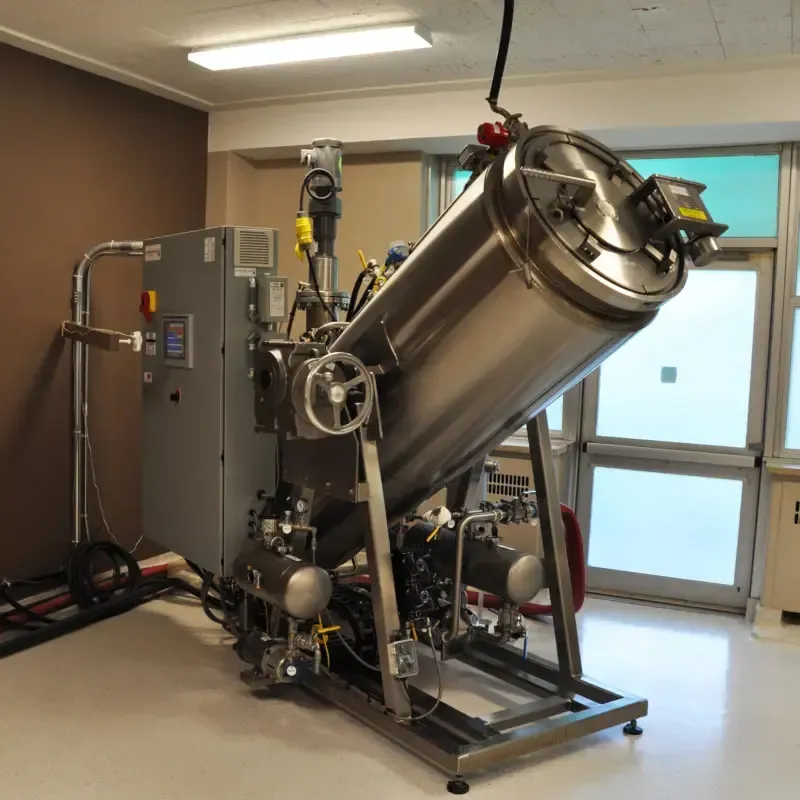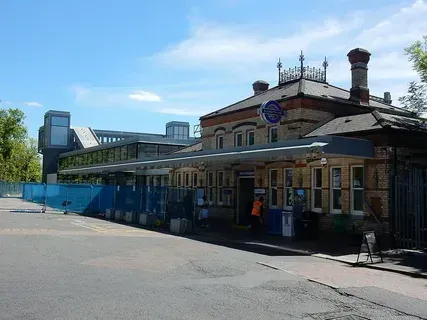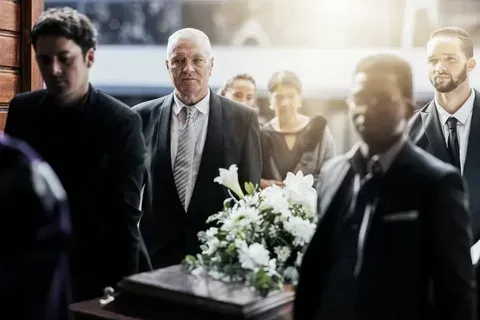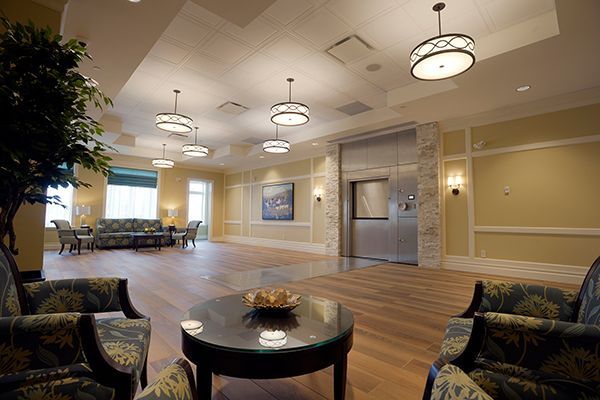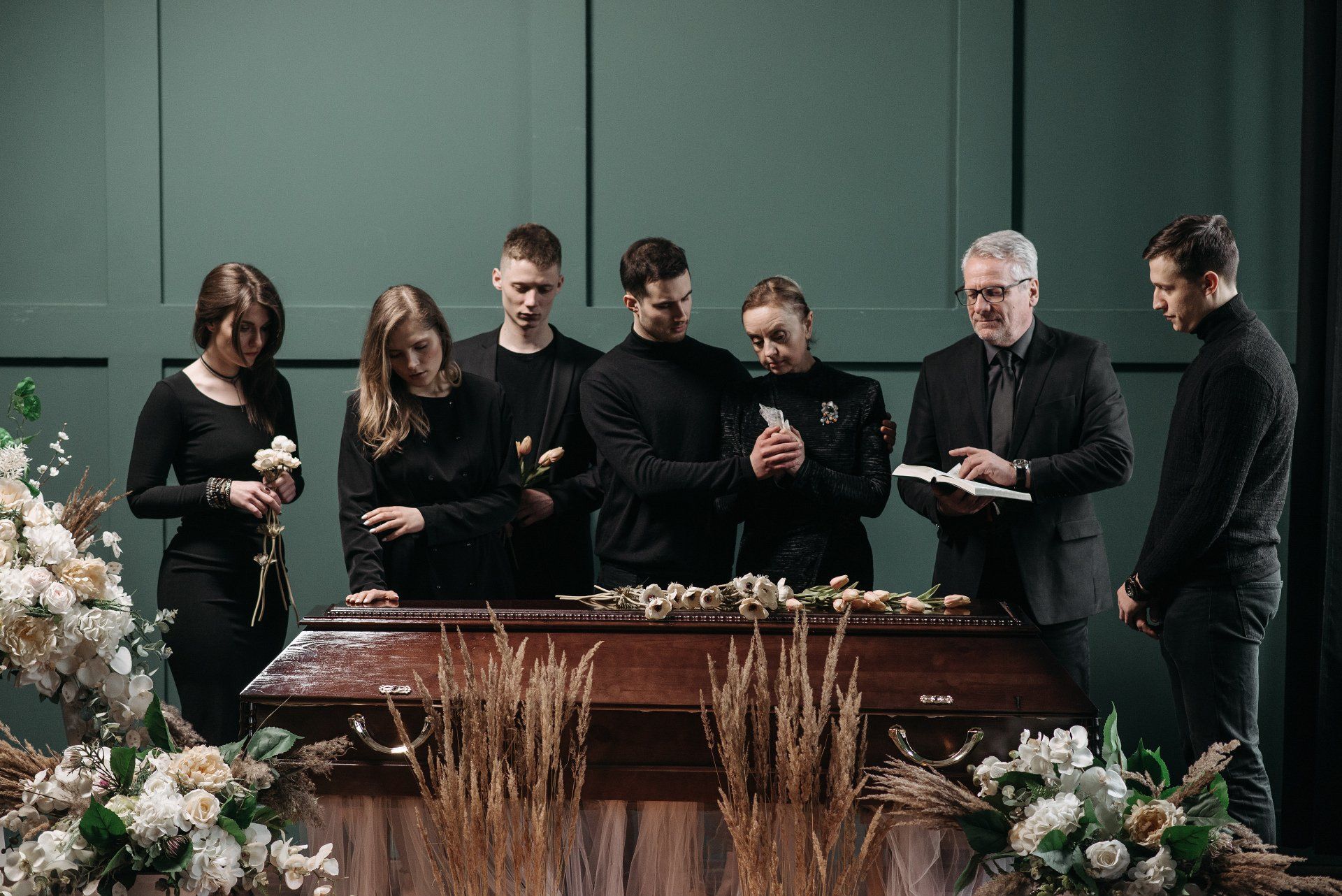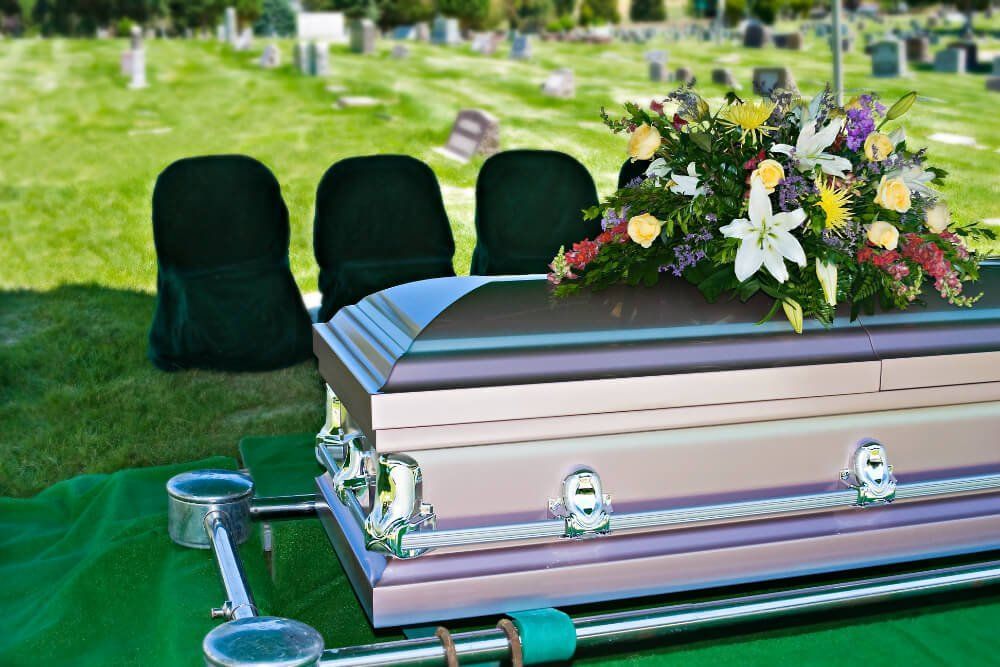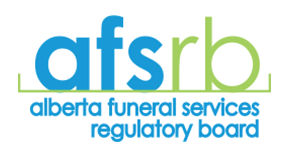Aquamation or Cremation
Aquamation, Alkaline Hydrolysis, Lye-Bath vs Cremation
Can our environment handle the pollution caused by Aquamation?
Is Alkaline Hydrolysis, Lye-Bathing safe?
Water flow, temperature, and alkalinity are used to breakdown organic matter. About 1,300 liters of water is used and heated to the boiling point for up to 18 hours. Then pour the toxic fluid down the drain into our water supplyProponents of Lye Bathing (alkaline hydrolysis) claims there are no direct emissions of harmful greenhouse gases or mercury, and no burning of fossil fuels. I am not a sceintist but heating water to 95-150C for up to 18 hours must need some kind of fuel or power to acheive that. In Alberta a lot of our power is made with natural gas. Is it safe, I guess it depends on the criteria you wish to use. Toxic chemicals poured into the water supply is not safe in my mind. I wonder, why would a person not, just use the Alberta produced natural Gas in a 3-4 hour process without all of the caustic soda (Alkaline ) being added.
FREQUENTLY ASKED QUESTIONS
What is Aquamation or Lye-Bathing?
Lye-Bathing more popularly know as Aquamation is a method of final disposition that is available for both our human and pet loved ones. The scientific name for this water-based process is alkaline hydrolysis, that is a nice name for boiling the bodies in a caustic bath and putting the affluent down the drain. The claim is that, it is the same process that occurs as part of nature’s course when a body is laid to rest in the soil. A combination of water flow, temperature, and alkalinity are used to accelerate the breakdown of organic materials. The exception is, the water that gently flows is not boiling and the alkalinity is not nearly as high.
Lye-Bathing is actually a form of cremation that, instead of fire, uses water mixed with an alkali (such as potassium hydroxide, Caustic Soda) in a stainless steel cylinder. The mixture is then heated to about 150 C for up to eight hours or 100 C for up to 18 hours (depending on if it's a low-temperature or high-temperature machine) and dissolves all of the body's tissues. First developed in 1988 to break down animal carcasses on farms and turn them into fertilizer, the method helped to safely process the bodies of livestock affected by mad cow disease in the '90s. Since then, it's been used to dispose of human and pet remains.
Does the family receive an urn?
Yes, with 20-30% more ashes than one would receive from a flame cremation. At the end of the process, the inorganic remains of the body (the calcium phosphate of the bones) resemble skeletal remains, not unlike traditional cremation, except that with traditional cremation all moisture is removed. This is what causes the reduction in volume of remains. In Canada and other parts of the world, it’s customary to process the remains into a powder for placement in an urn. This is the same processing step that is performed for the remains that result from flame cremation. Some cultures wish to keep the remains for ceremonial burial, and either process accomplishes this purpose.
Can the family still have a viewing with the Lye-Bath process?
Of course, and in fact many families choose to have a full–service visitation for family and friends prior to the Lye-Bath or Cremation process. There are funeral professionals who can perform a visitation service with or without traditional embalming, as the family chooses.
Can the body be embalmed?
Yes, this is a choice that is in the hands of the individual or family. All embalming fluids are completely broken down in either process.
Is a casket required for these processes?
Unlike flame cremation, a box or casket is not used in the Lye Bath process. Casket or container materials will not break down in the chemical process, nor will clothing unless it is protein-based (silk, wool, or leather). Lye Bathing requires an alternative container, the body will be placed in a bio-bag, made of a special material that safely biodegrades in the process. There are also beautiful silk and or wool shrouds the family can choose for this process that are similar in appearance to those used for natural burial. Anything that can not be boiled and chemically altererd can not be used in Lye-bathing. There are items that should not be used in traditional cremation either such as rubber and jewelery.
How long do the processes take?
The Lye-Bath process takes 6-8 hours, or 18-20 hours depending on the operating temperature of the equipment. The 6-8 hour process takes place at 150°C, and the 18-20 hour process takes places at 100°C. A traditional cremation, for comparison, takes 1-3 hours and takes place at 8751,000°C.
What actually happens?
The Lye-Bath process or traditional Cremation is performed after any viewing or visitation services the family wishes to have. When it’s time for the process, for Lye-Bathing the individual body is placed in a stainless steel vessel. Alkali (Caustic Soda) is added to the process, based on individual characteristics (weight, sex, embalming status), and the vessel fills with water. The solution of 95% water and 5% alkali is heated to 95-150°C, and gently circulated for the entire length of the process. For traditional Cremation the body is respectfully placed in the retort chamber and heted to 875-1,000degrees celcius for only 2-4 hours.(based on individual characteristics (weight, sex)
At the end of either process, all material is broken down to the smallest building blocks; there is no DNA or RNA remaining.
With Lye-Bathing the high pH water is released down the drain to go into the water supply (our bodies are approximately 65% water to begin with so what is a little extra chemical affluent going to hurt?), and the vessel performs a fresh water rinse for the equipment and remains. This additional water is also added to our water supply. When the operator opens the door, only the inorganic bone minerals remain. These remains are processed into powder and returned to the family in an urn. This final processing step is the same process that is followed with flame cremation. Many families hold a celebration of life or gathering when the loved one’s remains are returned to the family’s care.
Can the family still have a memorial service after the process?
Yes. Many families choose to have a memorial service or celebration of life to honor the life of their loved one and gather with friends and family.
Are the remains safe to handle?
Yes, the remains are 100% safe to handle, pathogen and disease free. Lye is a proven sterilization process as is flame. You wouldn't want to handle the Lye-Bath remains for long without protection due to the possible high pH residual.
What can be done with the ashes?
Absolutely anything that can be done with flame cremation ashes you can do with the Lye Bath ashes. Some families bury the urn in a cemetery, or permanently inter the urn in a columbarium. There are numerous memorial products that can be made with the ashes – hand blown glass memorials, ceramic art pieces, man-made diamonds, memorial plantings for your garden, and many more. Many families choose to scatter some or all of the remains in a special place.
Are there any special considerations that should be taken for spreading ashes?
Please check local regulations to make sure the scattering location is okay prior to scattering, and speak with your funeral professional about the best way to scatter the ashes so your experience can be as meaningful as possible. Funeral professionals have great tips for making the scattering experience go as expected. Some special care must be taken when spreading the ashes in wind or water, as the ash is quite fine.
Are lye boiled ashes different than those from flame cremation?
There are very little differences in the remains. With traditional cremation there would be the ashes from the cremation container as well as the remains of any drawings the grandchildren may have made or things the family wanted to go in to the retort with the body.
The color of ash from a flame process is typically gray in color. The color of ash from Aquamation is anywhere from white to a tan color. With both processes, there can be slight variations in color from individual to individual.
Because the moisture was not removed from the bone there is 20-30% more remains with the Lye-Bathing/ Aquamation process.
Why do you receive more ashes than with traditional cremation?
The flame cremation process occurs at 875-1000 F with the remains in contact with direct flame. Some of the inorganic mineral remains are lost to the as all the moisture is removed due to the heat. The Lye-Bathing process occurs at 95-150°C without any fire at all, just boiling water. The boiling chemically treated water separates all organic matter from the bone so it can be flushed, but the moisture remains in the bone and about 65% of our make up, is water.
Will I need a larger urn with the Lye-Bath?
Yes, a larger urn is needed due to the increased volume of remains, but this varies for each individual case. Because there are more ashes than from flame cremation more urn space is required. In either case if a family chooses an urn that will not fit the entire volume of remains of their loved one, the funeral professional will call the family and provide options. Some families need to keep the remains together in one urn for interment or cultural/religious purposes, while other families opt to have the excess remains placed in additional keepsake urns (for example, so each sibling can have an urn to bring home).
Is the affluent an environmental risk??
The proponents of Lye-Bath say no there is no toxicity. Again, I am not sceintist, but if you are raising the pH in 1,300 liters of water and pouring it down the drain, how can there not be toxicity issues. Proponents claim that the concentration is low so there is no issue. To me that makes no sense from an environmental stand point. Think of one plastic straw in the garbage dump, it causes no issue, but when you put a billion of them in the same dump, you have a problem. With the traditional Cremation, technology has made the retorts burn in such a way that they burn off all the smoke and toxic polutants. Mercry and Co2 used to be a concern but not with modern equipment.
For families wanting to use the remains from Lye-Bath or traditional cremation as part of a potting soil, so their loved one continues to live on through the plant, the ashes are certainly not toxic with traditional creamation and if the soil is properly prepared you have to significantly dilute the calcium phosphate remains with potting soil and a pH balancer to match your region.
Why are families choosing the Lye-Bath option?
Clever marketing has used modern buzz words that make the process sound peaceful and serene. It is sold as an "environmentally friendly option". What could be nicer than a "gentle rocking motion where the water flows like a gentle stream just like in nature." To heat up 1,300 liters of water to boiling and maintain for 18 hours and adding toxic chemicals to help the process peel the skin off your loved ones bones, doesn't sound peaceful, or environmentally friendly to me. Specially when this water is poured into our water system.
In relation to Lye-Bathing, Families have expressed:
-They are grateful to have a choice. I believe choice is good in any business.
-They prefer a process that does not use fire or flame. Some people do prefer a bath in boiling toxic water for their loved one.
-They prefer receiving 20-30% more of their loved ones’ ashes returned to the family. This is true, remains can be used in many different ways.
-They believe this to be a more gentle option than flame-based cremation. I would suggest this is completely untrue. 18 hours in boiling lye water does not sound the least bit gentle to me.
-They value the decreased environmental impact of the process. I believe this statement is totally false. Pouring 1300 liters of toxic water per body into the water supply and maintainin the temperature at boiling point for 18 hours will use up a lot of resources. Remember that water needs to be treated at the water treatment plant before it can be used in our drinking water.
What is the impact of the water usage?
Very high. The Lye-Bath or Alkaline Hydrolysis process uses about 1300 liters of water. (source Caitlin Stall-Paquet-CBC Life)
What happens to the water?
The water is put into the municipal sewer system and added back into our drinking water system via the normal wastewater treatment facility process.
What happens to the metal implants in either process?
Medical implants are not destroyed in these processes. The surgical metals are collected and recycled through a metal refiner to be made into new materials.
How long have these processes been around?
Lye-Bathing is not legal in most North Amaerican jurisdictions and has only been around for about 25 years. Traditional cremation has been used in many forms over centuries. The newest technology has found ways to almost eliminate any polution and with more efficient techniques. The modern retort is quite fuel efficient.
What is the science behind the Lye-Bath process?
A commonly misunderstood fact is that it is actually the water that performs the breakdown during the Lye-Bath/ Aquamation process, not the alkali.
A hydrolysis reaction is any type of reaction where bonds are cleaved by the insertion of water molecules. With alkaline hydrolysis, a sodioum hydroxide is added to water to create an alkaline environment. This changes the behavior of the water molecules, causing them to dissociate into hydrogen and hydroxide ions. The solution is as much as 5% alkali; 95% is water. Equally important to the process are the physical characteristics of the system (design), the continuous flow of the solution, and the heat. This all relates to collision theory and the rate and completeness of a reaction.
What happens in the process is, our bodies are 65% water to being with, along with fat, protein, minerals, and carbohydrates. During the process, fats are reduced to salts, protein to amino acids and small peptides (which are groups of a few amino acids), and carbs are reduced to sugars. The process breaks all organic materials into their most basic building blocks, so small that no trace of protein or nucleic acids (DNA/RNA) remain. The organics are dissolved into the water.
Summary
People are always looking for better ways to protect the environment, and often when something can be identified as a villian ie. fossil fuels; ways to avoid them push people to find options. In the case of Lye-Bathing, in order to not burn natural gas to run a crematorium, they have switched to electricity. In Alberta we generate electricity with natural gas, so that is a bad argument. Natural gas produces heat much more efficiently than electricity. The failure to examine the other costs required to make the change from natural gas to electricity has not been examined closely enough.
The excess time required for the process, and the disgust of boiling and chemically removing skin from bones is hard for me. To talk about either system as "natural" is ridiculous. I believe that the most natural way of disposition is the old fashioned ground burial, but the modern world is looking for other methods. If you want to find a better way that traditional cremation, that is fine, but Lye-Bathing to me is certainly not the system I would choose.
